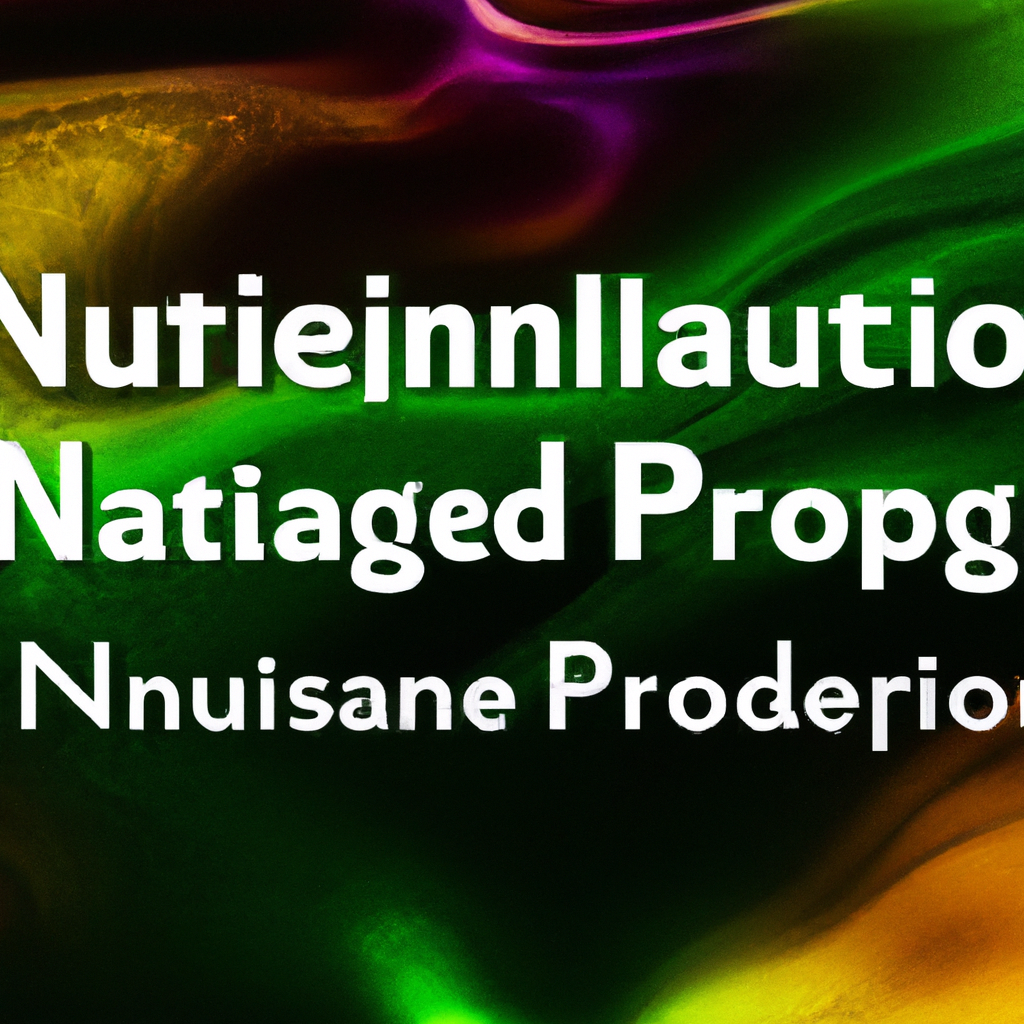Understanding the Principles of Natural Language Processing in Text Summarization
Table of Contents
Understanding the Principles of Natural Language Processing in Text Summarization
# Introduction
In the era of information overload and vast amounts of textual data being generated every second, the need for efficient text summarization techniques has become paramount. Text summarization is the process of condensing a large body of text into a concise summary while preserving the key information and main ideas. Natural Language Processing (NLP) plays a crucial role in achieving this task by leveraging computational algorithms and linguistic principles. This article aims to delve into the principles of NLP in text summarization, exploring both the new trends and the classics in this field.
# I. The Basics of Text Summarization
Text summarization can be broadly categorized into two types: extractive and abstractive summarization. Extractive summarization involves identifying and extracting the most important sentences or phrases from the original text to form a summary. On the other hand, abstractive summarization generates a summary by understanding the meaning of the original text and paraphrasing it in a condensed form, often using novel phrases.
# II. Key Steps in NLP-Based Text Summarization
## A. Preprocessing
Before delving into the specific techniques used in NLP-based text summarization, it is crucial to understand the preprocessing steps involved. Preprocessing aims to clean the text data by removing noise, such as punctuation, stop words, and special characters. Additionally, tokenization, sentence segmentation, and part-of-speech tagging are performed to break down the text into smaller units and assign appropriate tags to each word.
## B. Sentence Scoring
One of the fundamental tasks in extractive summarization is sentence scoring. This step aims to assign a score to each sentence based on its relevance and importance in the original text. Several algorithms can be employed for sentence scoring, including the classic TF-IDF (Term Frequency-Inverse Document Frequency) and more advanced approaches such as TextRank and BERT (Bidirectional Encoder Representations from Transformers). TF-IDF calculates the importance of a word in a sentence based on its frequency in the sentence and its rarity across the entire document. TextRank, inspired by Google’s PageRank algorithm, treats sentences as nodes in a graph and assigns scores based on their connections with other sentences. BERT, a state-of-the-art language model, utilizes deep learning techniques to capture the contextual information and semantic meaning of sentences.
## C. Sentence Selection
Once the sentences are scored, the next step is to select the most important sentences for inclusion in the summary. This can be achieved by setting a threshold and selecting sentences with scores above that threshold. Alternatively, optimization techniques, such as Integer Linear Programming (ILP), can be employed to select an optimal subset of sentences that maximize the overall score while satisfying length constraints.
# III. Recent Advancements in NLP-Based Text Summarization
## A. Transformer-Based Models
Transformer-based models, such as GPT (Generative Pre-trained Transformer) and BART (Bidirectional and Auto-Regressive Transformer), have revolutionized the field of NLP and have shown promising results in text summarization. These models leverage self-attention mechanisms to capture the contextual information and dependencies between words. By fine-tuning these models on large-scale datasets, they can generate abstractive summaries that are often more coherent and fluent compared to traditional approaches.
## B. Reinforcement Learning
Reinforcement Learning (RL) has also been explored in the context of text summarization. RL agents are trained to generate summaries by maximizing a reward signal, which is typically based on the quality and informativeness of the generated summaries. By using RL, models can learn to optimize the summary generation process, taking into account both the content of the original text and the desired summary length.
# IV. Challenges and Future Directions
Despite the significant advancements in NLP-based text summarization, several challenges still need to be addressed. One such challenge is the generation of abstractive summaries that are coherent, grammatically correct, and faithful to the original text. Current models often struggle with generating novel phrases and maintaining factual accuracy. Additionally, the evaluation of summarization systems remains an open problem, as traditional metrics like ROUGE (Recall-Oriented Understudy for Gisting Evaluation) do not always capture the nuances of a good summary.
In the future, researchers need to explore innovative approaches to tackle these challenges. This includes investigating the use of reinforcement learning with more diverse reward signals and incorporating external knowledge sources to enhance the quality of generated summaries. Furthermore, the development of better evaluation metrics that align with human judgment is crucial for accurately assessing the summarization systems’ performance.
# Conclusion
Natural Language Processing has revolutionized the field of text summarization, enabling the extraction of key information and generating concise summaries from large volumes of textual data. Through the application of various NLP techniques, such as preprocessing, sentence scoring, and sentence selection, researchers have made significant strides in both extractive and abstractive summarization. Recent advancements, such as transformer-based models and reinforcement learning, have further pushed the boundaries of text summarization. However, challenges remain, and future research should focus on addressing these challenges to enhance the quality and effectiveness of NLP-based text summarization systems.
# Conclusion
That its folks! Thank you for following up until here, and if you have any question or just want to chat, send me a message on GitHub of this project or an email. Am I doing it right?
https://github.com/lbenicio.github.io

